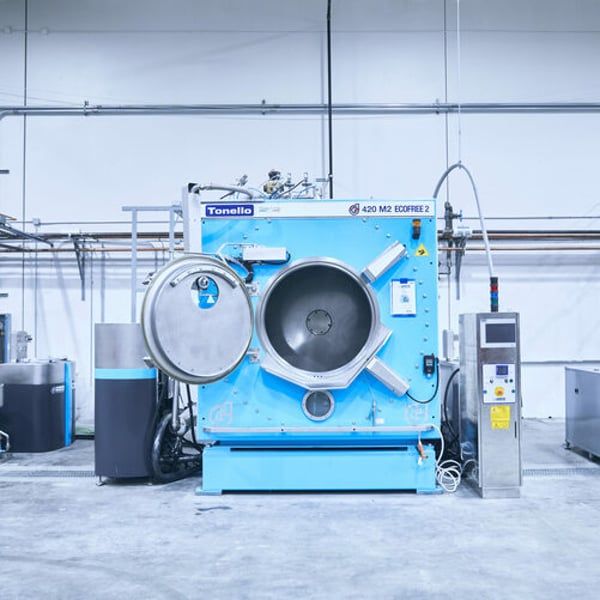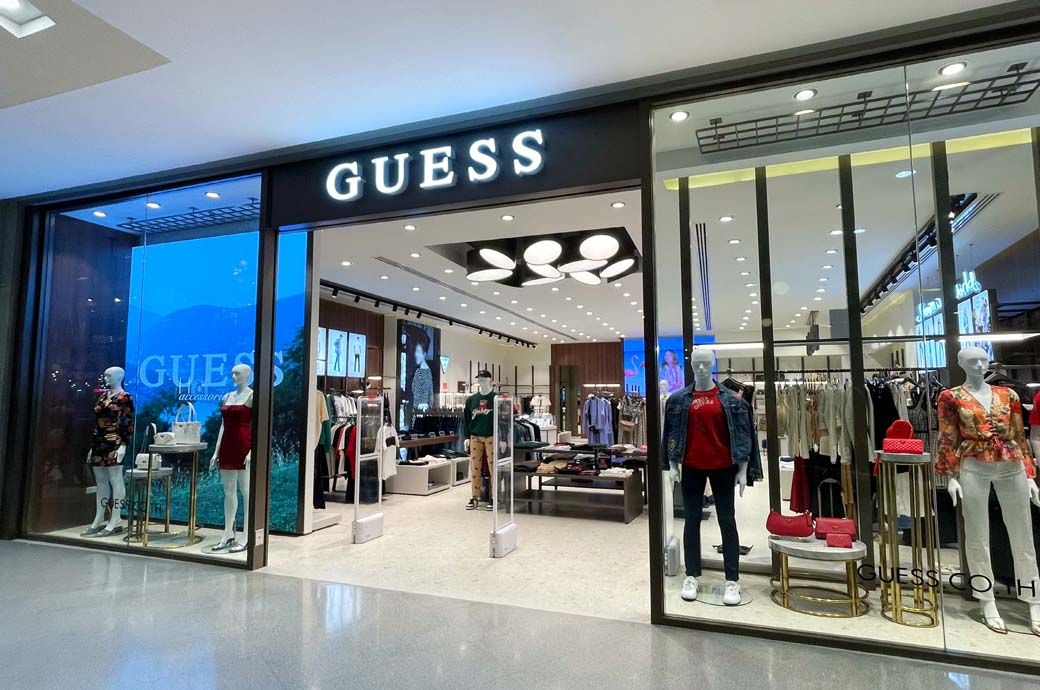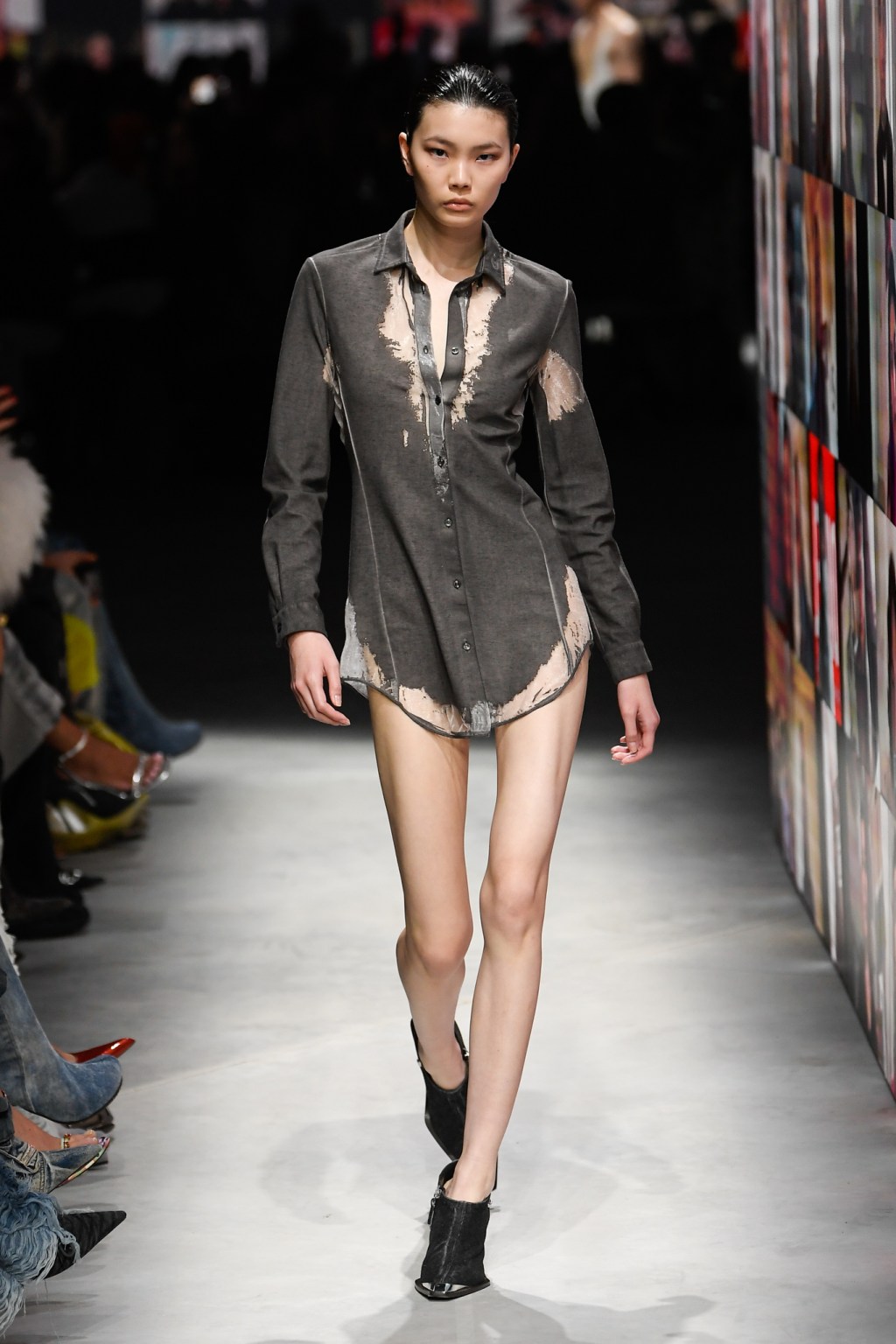Published
October 30, 2024
With operations in Los Angeles and Vietnam, Saitex's industry-leading circular manufacturing model now produces more than 20,000 pairs of jeans in a single day, working with brands such as Madewell, G-Star Raw, Everland and Polo Ralph Lauren. FashionNetwork.com talks to founder Sanjeev Bahl about the company's latest developments and California's new regulations on textile waste.
FashionNetwork: Why is it recognized as the cleanest denim factory in the world?
Sanjeev Bahl: Sustainability is not just a box we check: it is embedded in everything we do. We recycle 98% of the water we use, harness solar energy for 25% of our energy needs, and ensure zero discharge of harmful chemicals. On top of that, we are turning waste into opportunities by recycling denim fibers into new garments. It's not just about being the cleanest factory; it's about redefining what responsible production looks like for the entire industry. We collaborate with global brands to drive these innovations even further, proving that sustainability and scale can go hand in hand.
FNW: What is the history of the factory in Vietnam? How did it grow to become a reference for fashion companies?
SB: When we started in 2001, the goal was simple: build a facility that represented the future of responsible manufacturing. Since then, we have pushed the boundaries by investing in green chemistry, renewable energy and cutting-edge water recycling technologies to create a truly closed-loop system. Fair Trade, LEED and B Corp are not just certifications; They reflect our deep commitment to both the environment and humanity. Today, Saitex Vietnam is more than a factory and mill; is a model for brands around the world that want to embrace circularity and carbon-neutral production.
FNW: Why did you set up a new factory in the United States?
SB: Expanding to the US, and specifically Los Angeles, was about much more than just bringing back manufacturing. We saw a great opportunity to create a center that offers speed to market while maintaining the highest standards of sustainability. The United States is a key player in driving circular fashion, and being close to our partners here allows us to innovate faster, respond to market trends more efficiently, and reduce waste. It was also about returning jobs to the West Coast with a focus on responsible and scalable land-based production. This is the future of manufacturing: sustainable, agile and local.

FNW: Have any brands stopped production in Vietnam and moved to Los Angeles?
SB: It's more about balancing proximity and sustainability. Vietnam remains a key part of our operations, especially for larger scale production, but our Los Angeles factory offers agility and the ability to produce with minimal environmental impact here in the United States.
FNW: Your factory in Los Angeles has been designed as the factory of the future. What are the specific Characteristics of the machines and technologies used in the factory?
SB: A factory of the future is one that can respond to rapid changes in fashion by being agile, adaptable and efficient. We have created a system that can quickly increase or decrease production in response to demand, reducing the risks of overproduction and waste. Our on-demand manufacturing model allows brands to test new designs in small batches and bring them to market quickly without compromising sustainability. We use automation and artificial intelligence, we have real-time data tracking at every step of the production process. This gives us the ability to make informed decisions on the fly, adjusting our production schedules, materials and processes as trends evolve. Everything is monitored in real time through our digital platform, ensuring we optimize resource use and minimize waste at every stage. Our factories are designed not only to reduce our environmental impact, but also to actively lead the way in flexible and sustainable manufacturing for the future of fashion.
FNW: Can you tell us more about Speed to Market by Saitex and SAI Digital?
SB: Speed to Market is our on-demand production model focused on small batch production. It allows brands to produce only what is needed, reducing overproduction and waste. This is complemented by SAI Digital, our digital arm, which offers advanced data and e-commerce solutions to specifically support circular commerce. Together, they form a system that not only delivers products more efficiently but also promotes sustainable and transparent practices with our brands from design to distribution.

FNW: Among the technologies offered, single-step washers connect to a water recycling system. What exactly is it? How do you recycle water and reduce waste at that point?
SB: Our one-step washing technology integrates water recycling into the heart of the process. The water used in washing denim is treated, purified and reused multiple times, reducing the need for fresh water by 98%. This system is a critical element in minimizing waste and aligns with our broader goal of operating a closed-loop manufacturing process where nothing is wasted.
FNW: Can you give us an idea of the water savings achieved during a year of production?
SB: On average, we save approximately 500 million liters of water per year in our operations. This is equivalent to the water consumption of 25,000 homes in one year. Our water recycling technologies, combined with our innovative manufacturing processes, ensure that every drop is used efficiently.
FNW: What exactly do SB 707 regulations impose on Californian fashion brands today? AND What are the consequences?
SB: SB 707 requires California producers to take responsibility for end-of-life management of their textiles, meaning brands must participate in textile collection, recycling, and reuse systems. At Saitex, we are already leading the way with our closed-loop systems and circular manufacturing model, which align perfectly with these regulations, helping brands meet these new obligations. One of our key solutions is Stella Pop, which recycles textile waste into functional products such as interior panels, furniture and garment trims. This not only reduces waste, but also demonstrates how brands can transform discarded materials into innovative and useful items.

FNW: What new developments are you working on today to be even more efficient?
SB: We are constantly innovating. Right now, we are focusing on expanding our use of recycled fabrics, developing new biodegradable materials, and improving our digital infrastructure for even more precise resource management. These developments will help us further reduce waste and scale circular production globally.
FNW: Are you still thinking about building a factory in New York?
SB: We are exploring the possibility of opening a new facility in New York, but for now, our focus is on optimizing our operations in Los Angeles and Vietnam. As we continue to grow, expansion into other regions will always be guided by our sustainability goals and the demand for responsible manufacturing closer to key markets.
Copyright © 2024 FashionNetwork.com All rights reserved.












